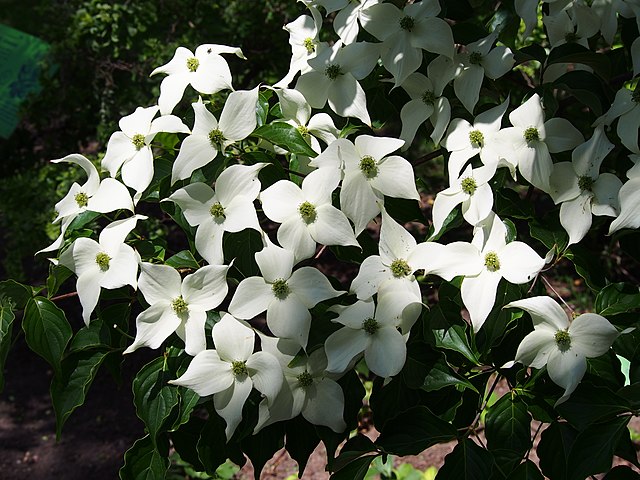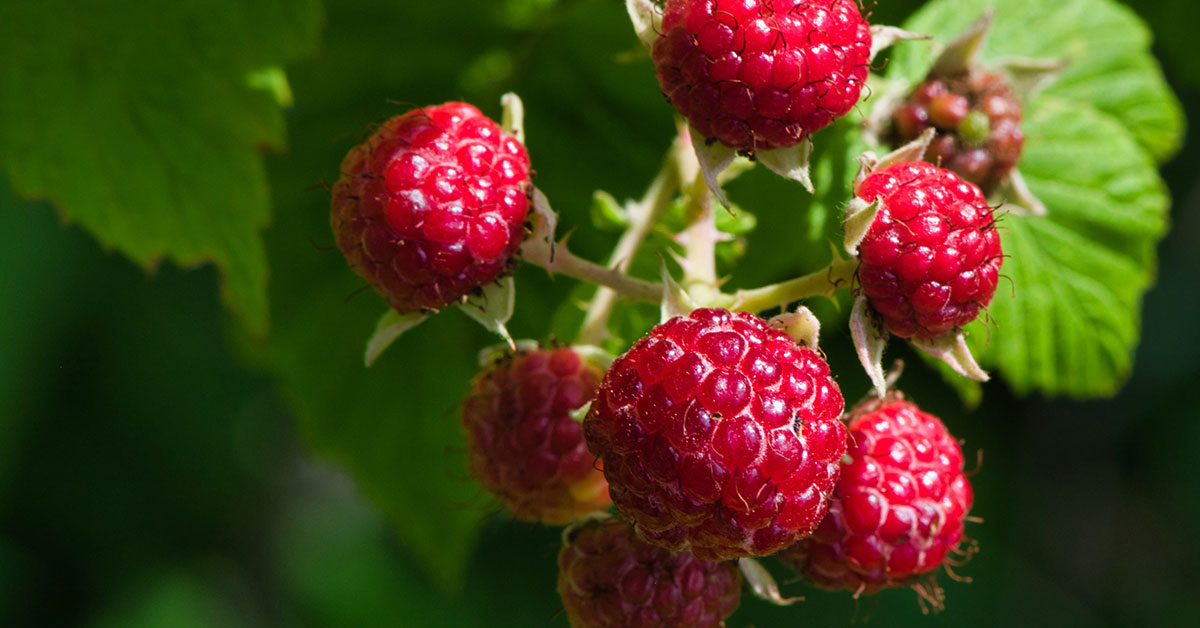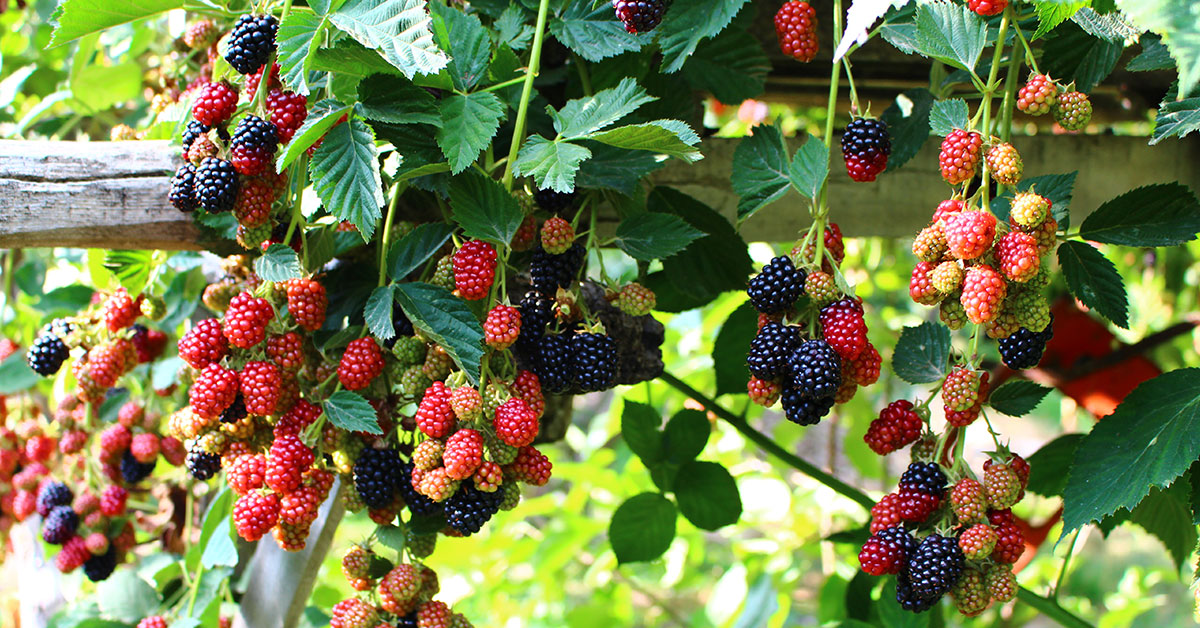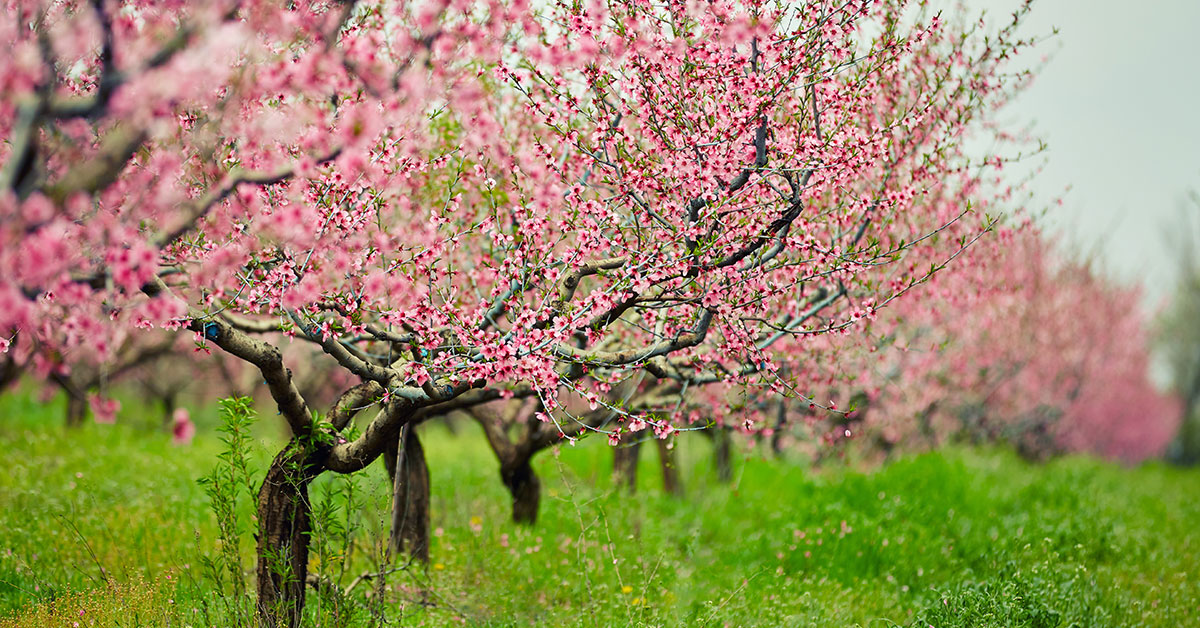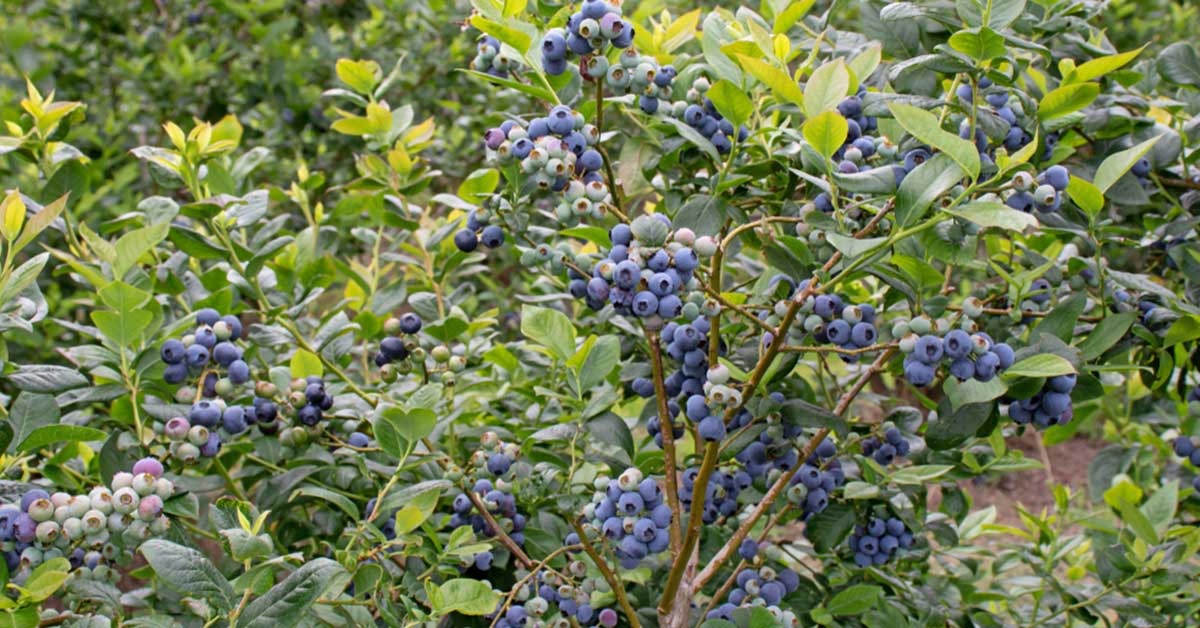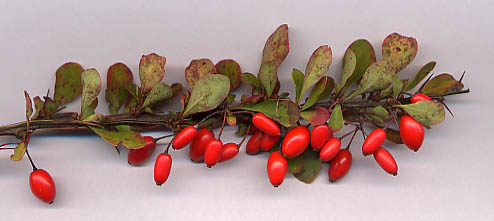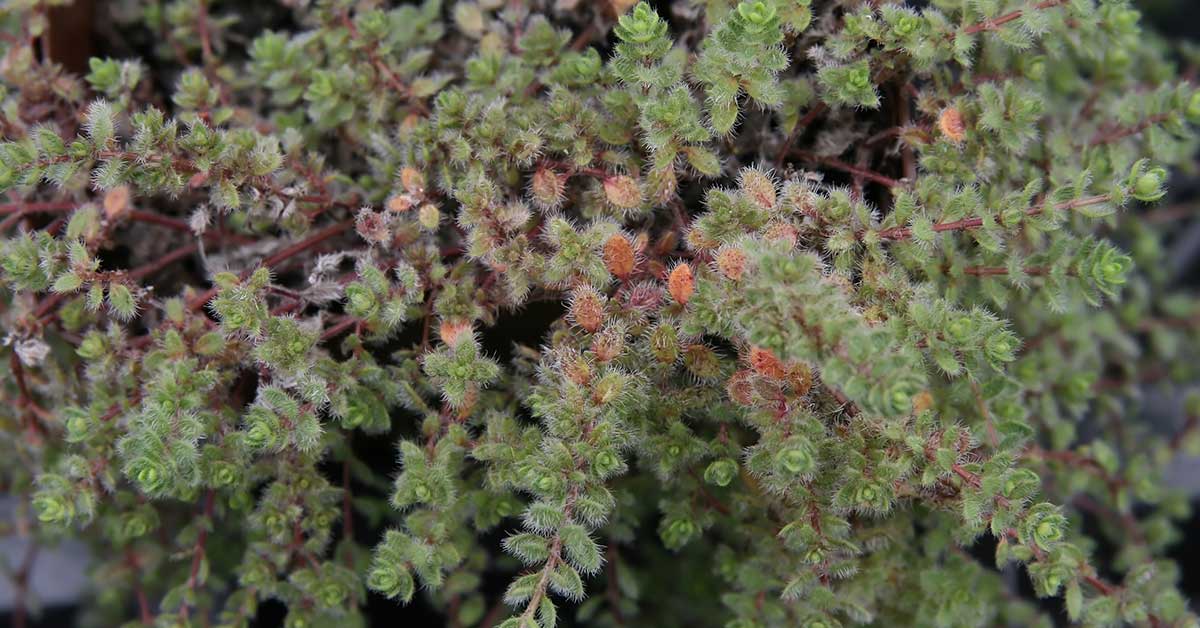Growing fruit trees in zone 6 can be a gratifying and fulfilling experience for gardeners who are willing to put in the effort to nurture their trees. With a moderate climate and average winter temperatures ranging from -10°F to 0°F (-23°C to -18°C), zone 6 offers a suitable environment for a diverse range of cold-hardy fruit trees, including apples, pears, cherries, plums, and more.
By carefully selecting appropriate varieties, providing proper care, and protecting trees from harsh winter conditions, gardeners can enjoy bountiful harvests and the satisfaction of cultivating their own fresh fruit. The process of planting, nurturing, and harvesting fruit trees in zone 6 connects gardeners with the cycles of nature, fostering a sense of accomplishment and appreciation for the fruits of their labor.
Fruit trees that grow in zone 6
Zone 6 has a moderate climate with average minimum winter temperatures ranging from -10°F to 0°F (-23°C to -18°C). Several fruit trees can tolerate these colder temperatures and grow well in zone 6. Some of these fruit trees include:
- Apple trees: Many apple varieties are well-suited for zone 6, such as Honeycrisp, McIntosh, and Fuji. Choose cultivars that are hardy and resistant to common diseases in your area.
- Pear trees: European pear varieties like Bartlett, Bosc, and Anjou, and Asian pears like Shinseiki and Chojuro can grow well in zone 6, provided they are given proper care and protection.
- Cherry trees: Both sweet and sour cherry trees can grow in zone 6. Popular sweet cherry varieties include Bing, Stella, and Lapins, while sour cherry varieties like Montmorency and North Star are also well-suited to this zone.
- Plum trees: European and Japanese plum varieties can be grown in zone 6. Some popular European plum varieties include Stanley, Italian Prune, and Green Gage, while Japanese varieties such as Santa Rosa and Methley also thrive in this zone.
- Peach trees: Many peach trees can grow in zone 6, although they may require some protection during colder winters. Hardy varieties like Reliance, Contender, and Madison are better suited for this zone.
- Apricot trees: Although apricot trees can be more challenging to grow in colder climates, some hardy varieties, such as Moorpark, Tilton, and Puget Gold, can be grown in zone 6 with proper care.
- Nectarine trees: Nectarine trees are closely related to peaches and can grow well in zone 6. Choose hardy varieties like Fantasia and Hardired to ensure better success in this zone.
- Persimmon trees: American persimmon (Diospyros virginiana) is well-suited for zone 6, while some Asian persimmon varieties (Diospyros kaki), such as Fuyu and Hachiya, can also be grown with proper care.
- Pawpaw trees: Native to North America, pawpaw trees (Asimina triloba) thrive in zones 5 to 9 and can tolerate the cold temperatures of zone 6.
When selecting fruit trees for zone 6, it’s essential to choose hardy varieties that can withstand the colder temperatures and are resistant to diseases common in the area. Providing proper care and protection will help ensure a successful and productive fruit tree in zone 6.
Fruit trees that won’t grow in zone 6
Sadly, zone 6 is a pretty temperate hardiness zone, meaning there are a number of fruit trees that just won’t grow there. While many fruit trees can tolerate these colder temperatures, there are several fruit trees that are not well-suited for zone 6 due to their inability to tolerate colder climates. These include:
- Citrus trees: Lemon, orange, grapefruit, lime, and other citrus trees are not suitable for zone 6, as they require warmer climates and are sensitive to frost. Citrus trees generally thrive in zones 9 to 11.
- Avocado trees: Avocado trees are not cold-hardy and typically require zones 9 to 11 for optimal growth. They can be damaged or killed by freezing temperatures, making them unsuitable for zone 6.
- Mango trees: Mango trees are tropical fruit trees that require warmer climates for successful growth. They are typically grown in zones 10 to 11 and will not survive the cold temperatures of zone 6.
- Banana trees: Bananas are tropical plants that cannot tolerate frost and require warm temperatures for optimal growth. They are best suited for zones 9 to 11 and will not survive in zone 6.
- Papaya trees: Papaya trees are another tropical fruit tree that is not cold-hardy and requires a warm climate for successful growth. They are best suited for zones 9 to 11 and will not thrive in zone 6.
- Pineapple trees: Pineapple plants are tropical and require warm temperatures to grow well. They are best suited for zones 10 to 11 and will not survive the cold temperatures in zone 6.
- Lychee trees: Lychee trees are subtropical fruit trees that require a warmer climate for successful growth. They are typically grown in zones 10 to 11 and will not tolerate the cold temperatures of zone 6.
- Fig trees: While some hardy fig tree varieties can be grown in zone 6 with proper care and winter protection, many fig varieties are more suited for zones 7 to 11, where temperatures are milder.
It is important to choose fruit trees that are well-suited to your specific climate and hardiness zone to ensure the best chances of successful growth and fruit production. In zone 6, focus on selecting cold-hardy fruit trees that can tolerate the colder winter temperatures.
Fruit tree planting & care tips
Planting and growing fruit trees in zone 6 can be a rewarding experience if you follow these tips to ensure the health and productivity of your trees:
Choose suitable varieties
Select fruit trees that are cold-hardy and well-adapted to zone 6. Opt for cultivars that are resistant to common diseases and pests in your area. Some fruit trees suitable for zone 6 include apples, pears, cherries, plums, peaches, apricots, nectarines, persimmons, and pawpaws.
Plant at the right time
The best time to plant fruit trees in zone 6 is in early spring, after the risk of severe frost has passed but before the trees break dormancy. Fall planting can also be successful if done early enough to allow the trees to establish their root systems before winter.
Choose a suitable location
Fruit trees require full sun for optimal growth and fruit production. Select a location that receives at least 6-8 hours of direct sunlight per day. Ensure that the planting site has well-draining soil to prevent root rot and other issues associated with waterlogged soil.
Prepare the planting hole
Dig a hole at least twice as wide and slightly deeper than the root system of your fruit tree. Loosen the soil at the bottom and sides of the hole to encourage root growth. Amend the soil with organic matter, such as compost or well-rotted manure, to improve fertility and soil structure.
Plant the tree
Position the tree in the planting hole so that the graft union (if present) is 2-4 inches above the soil level. Spread the roots out evenly and backfill the hole with the amended soil, gently firming it down to eliminate air pockets. Water the tree thoroughly after planting to settle the soil and establish good root-to-soil contact.
Mulch and water
Apply a layer of organic mulch, such as wood chips or shredded leaves, around the base of the tree to help conserve moisture, suppress weeds, and regulate soil temperature. Water your fruit tree regularly, especially during the first year, to ensure that the soil remains consistently moist but not waterlogged.
Prune and train
Prune your fruit tree to maintain a strong structure and encourage optimal fruit production. Begin training and pruning in the first year, shaping the tree according to its natural growth habit and desired form. Continue to prune annually, removing dead, diseased, or crossing branches and encouraging the growth of fruiting wood.
Pest and disease management
Monitor your fruit trees for signs of pests and diseases, and take prompt action to address any issues. Employ integrated pest management strategies, such as encouraging beneficial insects, using organic or chemical controls when necessary, and maintaining good sanitation practices in the orchard.
Fertilize appropriately
Fruit trees have specific nutrient requirements that vary depending on the tree’s age, size, and fruiting habits. Apply a balanced, slow-release fertilizer in early spring and late fall, following the manufacturer’s recommendations. Adjust the fertilizer application based on soil tests and the tree’s overall health and growth.
Provide winter protection
In zone 6, cold temperatures and harsh winter conditions can damage some fruit trees. Protect young or tender trees by wrapping the trunk with tree wrap or burlap and applying a thick layer of organic mulch around the base of the tree to insulate the roots.
By following these tips and adjusting your gardening practices to suit the specific climate and conditions of zone 6, you can successfully grow a variety of fruit trees and enjoy the rewards of a bountiful harvest.




